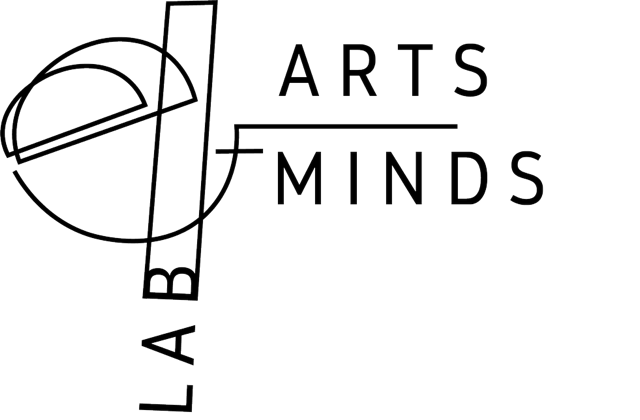AI of Cities, Images, and Art
Visualizing Scenarios of Urban Density with AI
Urban density generally refers to the number of entities - humans, buildings, cars - that populate a certain area. Research has shown that urban density in the form of overcrowding, skyscrapers generated verticality density, and traffic intensity is not good for human mental health and well-being (Wen et al. 2020). This is particularly concerning since urban density is very likely to increase in the next decades. How can we foster well-being in highly dense environments? How can cutting-edge AI help us visualize how different features in the city environment are related to density and well-being?
These are four images generated with Midjourney, a powerful text-to-image generator. They represent four possible variations of public plazas in metropolitan landscapes. From right left to bottom right: a public plaza with people looking at VR street art, a public plaza with street art graffiti, a public plaza with people seated on benches talking, and a public plaza with lots of greenery.
AI can be a useful heuristic tool in visualizing different environmental interventions in the city. Which plaza affords us more to interact with other people? Which plaza makes the perceived density of the urban space lower? Which features would we change in these visualizations? Which features would we keep?
Measuring Urban Density with AI
Google Street View images combined with Deep Neural Networks classifiers can help us identify which features in the environment are most relevant for perceived density and well-being reports in big cities (Wang et al. 2019). Machine Learning algorithms can save a lot of time and energy since they can efficiently analyze big quantities of data. In this way, data from several neighborhoods can be compared simultaneously.
However, it remains critical to assess the origin and quality of the input data used to train the model. For example, Google Street View images are often partial and outdated. Moreover, the techniques used by humans to assess neighborhoods need to be carefully considered in order to be ecologically valid. For example, in the project ‘Your Emotional City’, we used Ecological Momentary Assessment (EMA) to assess how safe, happy, and dense different spots in Berlin were perceived by the participants in real-time via the smartphone app.
Moreover, more embodied and ecologically valid approaches could include amateur videos of one’s neighborhood as input data for the model and a comparison between assessments given by trained and lay collaborators.





